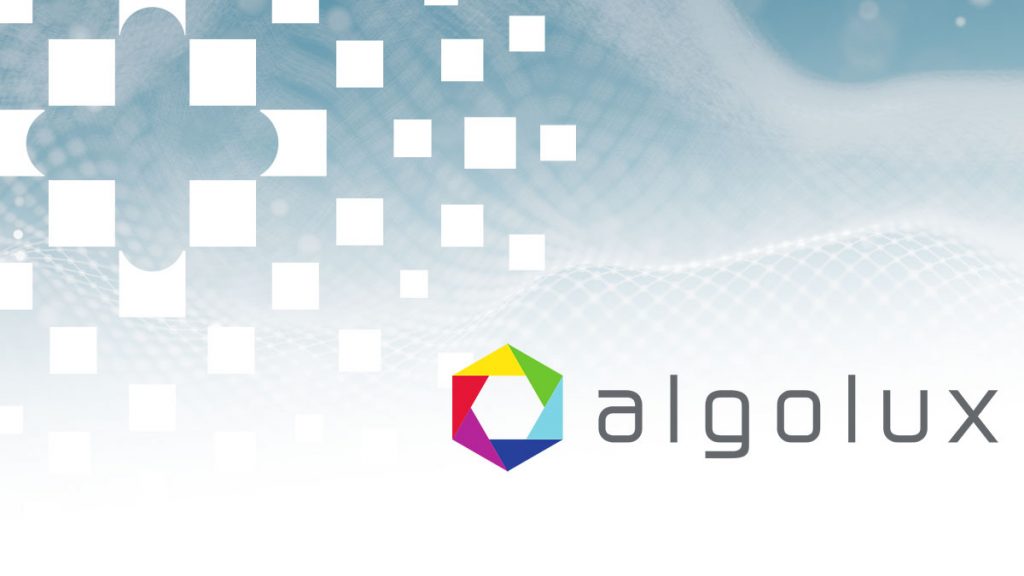Atlas automatically optimizes camera hardware systems and computer vision models jointly, improving object detection or instance segmentation results by up to 30 mean average precision (mAP) points and reducing effort and time by more than 10x vs. today’s expert manual tuning approaches, addressing a critical need for Tier 1 manufacturers and other vision system providers
Montreal, Canada – June 24, 2020 – Algolux, the leading provider of robust and scalable perception solutions, has announced performance and scalability breakthroughs with its Atlas Camera Optimization Suite.
This significant enhancement in Atlas enables deeper optimization of camera architectures automatically for any computer vision task. Object detection or instance segmentation results are improved by up to 30 mAP points while effort and time have been reduced by more than 10x vs. today’s expert manual tuning approaches.
Current camera tuning approaches do not scale to computer vision applications
Cameras are the sensor of choice for system developers of safety-critical applications. However, camera development currently relies on expert imaging teams to manually tune camera architectures.
This painstaking approach can take months, requires hard-to-find deep expertise, and depends on visual subjectivity. As such, this process does not ensure that the camera provides the optimal output for computer vision algorithms.
Camera optimization – not tuning – is required to maximize computer vision results
The Atlas Camera Optimization Suite is the industry’s first set of machine-learning tools and workflows that automatically optimizes camera architectures for computer vision. Atlas significantly improves computer vision results in days vs. traditional approaches that do not deliver optimal results even after many months of manual tuning. In turn, vision system teams can better scale their limited resources, reduce costs, and shrink development time – a game-changer for OEMs and Tier 1 suppliers.
“As a world-leading provider of automotive vision systems, we are committed to providing the best computer vision capabilities for our OEM customers to ensure safer vehicles,” said a Sr. Manager, Engineering Systems Vision, at a leading German Tier 1. “The Atlas Camera Optimization Suite from Algolux is the first solution to give ADAS and autonomous vehicle development teams the ability to automatically optimize vision systems to improve computer vision accuracy, addressing a critical need for our organization.”
Breakthrough research further improves camera optimization for computer vision
Algolux shared the research underlying these results at the 2020 Conference on Computer Vision and Pattern Recognition (CVPR). The work was presented as a rare oral presentation, which has an acceptance rate of less than 5% for CVPR.
The researchers improved end-to-end losses compared to manual adjustment and existing approximation-based approaches. This was done for multiple camera configurations and computer vision models such as object detection, instance segmentation, and panoptic segmentation. For automotive 2D object detection, the new method outperformed manual expert tuning by 30% mAP and recent methods using ISP approximations by 18% mAP.
The research paper, “Hardware-in-the-Loop End-to-End Optimization of Camera Image Processing Pipelines” describes a new approach applying a stochastic optimization method to the challenging problem of optimal hardware-software co-design of cameras and computer vision algorithms and also compares the results against baseline camera systems. As such, this method solves a longstanding validation and optimization challenge that handcrafted intermediate image metrics and compartmentalized design tried to tackle in the past.
“As the number of camera sensors for ADAS and autonomous vehicle applications continues to grow per vehicle, so does the need to improve vision system accuracy for safety and effectiveness,” said Yohann Tschudi, PhD. Technology & Market Analyst, Computing & Software at Yole Développement (Yole). “Algolux provides a novel approach to automatically optimize vision system architectures. This addresses a gap that automotive OEM and Tier 1 suppliers currently face, enabling them to maximize computer vision performance while addressing scalability challenges.” (1)
1. Sources: Artificial Intelligence Computing for Automotive report – Sensing and Computing for ADAS Vehicle report, Yole Développement, 2020
See Paper and Algolux Product website for technical details.


